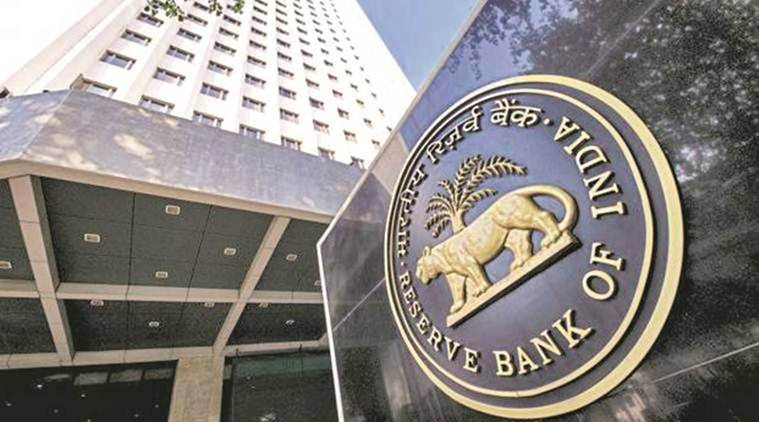 The RBI has slashed the repo rate by 115 points since the lockdown commenced March 25.
The RBI has slashed the repo rate by 115 points since the lockdown commenced March 25.
Written by Arun S Khobragade
Any positive change is resisted, especially one that promises to reorient society. The people who lose privileges are shocked, and those who gain rights aren’t prepared to reap the benefits. This flux is exploited by those in power and their biases start creeping in, which results in the marginalised becoming second-class citizens.
Let’s consider two most impactful organs of the Indian State: the executive arm of the government that implements its policies, and the RBI as the governing body for financial access to the marginalised.
The executive has remained the biggest impediment in the development of marginalised sections, considering reservation policy as an encroachment on its entitlements. Since Independence, they have ensured that all policies for SCs/STs are doomed to fail. Schemes introduced in the last 10 years for entrepreneurship are no different. Let’s look at their shortcomings.
The 4% share in the Public Procurement Policy (2012) is actually a purchase preference policy, and not an affirmative action policy. It entails that the SC/ST vendor meets the lowest price criterion, thereby putting the new entrant on a par with well-entrenched firms — ignoring the operational cost difference between them. This explains the negligible response from SC/ST entrepreneurs. The 2017-18 data — this is six years after implementation of the policy — states that the share of procurement from MSMEs owned by SC/STs is 0.01%, or Rs 442.52 crore, against the total procurement of Rs 24,226.51 crore from MSMEs.
Second, the Venture Capital Fund (2014) was envisaged to overcome the insistence on collateral by the banking system, that was an obstacle for first-time SC/ST entrepreneurs. The bureaucracy designed the VCF as debt support against collaterals, with lower rates of interest. Ironically, it ended up creating obstacles it was supposed to remove.
Third, the goal of Stand Up India (2016) was to include SC, ST and women entrepreneurs. After 17 months of launch, an RTI filed by The Indian Express revealed that the banking system had provided Stand Up India loans to 5,852 SC applicants, 1,761 ST and 33,321 general-category women.
As of March 2020, 81% of the total loans have been availed by women. It was for this reason that bureaucrats had clubbed women with SC/STs.
Besides capital, land becomes a key criteria for SC/ST entrepreneurship as it can be mortgaged with legacy financial institutions. In 2016, on the 125th birth anniversary of Dr Ambedkar, most states came out with a policy of reserving plots in their respective industrial areas. But the reservation was on the number of plots and not as per the size of plots. So the smallest plots got reserved for SC/STs, irrespective of requirement.
Fourth, the RBI as an organ of the State is another failed institution for SC/STs. The Priority Sector Lending (PSL) is the only financial inclusion policy it has adopted. However, the committees that were formed post-1991 to examine PSL sought to dilute PSL norms, resulting in commercial banks not meeting their targets and the RBI turning a Nelson’s eye to this breach.
Banks have been mandated by the RBI to review PSL at board level on a half-yearly basis to determine lending to the marginalised. However, the RBI does not capture the data at a granular level. Hence, there is no data to know the credit access for SC/STs.
According to PSL’s common guidelines, records of receipt, sanction, rejection and disbursement should be given to the investigating agency. The RBI, till date, has not released any report analysing the reason for the rejection of loans to SC/ST entrepreneurs and suggesting any remedial action.
How do we overcome these biases? Dr Ambedkar sought reservation as he wanted SC/STs to occupy the table when policies were made. This can happen only if the SC/ST youth get into civil services at the age of 22-23 and not in their 30s.
The Scheduled Caste Sub-Component Plan (SCSP) & Tribal Sub-Plan (TSP) legislation made it mandatory to have budgetary allocations for SC/STs proportional to their population. However, the inability of elected representatives to object to non-implementation of constitutional safeguards has allowed governments to reduce/misuse it.
The marginalised have to establish their own thinktanks that equip their representatives with hard data and analysis. Constitutional benefits are derived when society works for them. Caste is the real bane of India; it was and it still remains. Let’s strive to make India inclusive and collectively nurture a dream.
The writer is Managing Director, Babasaheb Ambedkar Social Innovation Council
Suraj Yengde, author of Caste Matters, curates the fortnightly ‘Dalitality’ column